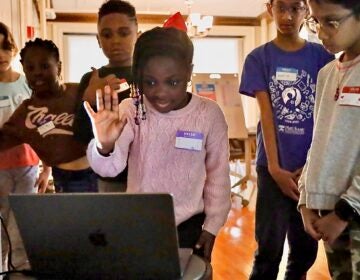Biomimicry: What Nature Can Teach us about Engineering and Design
We explore the field of biomimicry, and how everyone from architects to engineers to medical researchers are drawing inspiration from nature.
Listen 48:51
How does nature make durable materials like corals without heat or a kiln? How do peacock feathers get their beautiful colors? And how do geckos stick to all kinds of surfaces, allowing them to run up walls and trees? Researchers are looking to understand these processes in order to emulate them and apply them to human design and innovation. This field of study is called biomimicry, and it’s growing. More and more scientists are zeroing in on the natural world’s seemingly endless, ingenious, and sustainable examples of design and engineering.
On this episode, we explore biomimicry — from its origins to some of the most mind-bending examples of its latest inventions. We hear stories about how coral inspired a new form of concrete, how gecko feet could lead the way to new medical adhesives, and how leaves are influencing new ways of harnessing the sun’s energy.
Also heard on this week’s episode:
- We talk with science writer Janine Benyus, who coined the term biomimicry and has brought the field into the mainstream. She’s written many books, among them Biomimicry: innovation inspired by nature.
- Concrete is the world’s second most used substance, after water. And producing it releases CO2 and requires a lot of energy. Reporter Grant Hill finds out how a North Carolina company called “Biomason” takes a page from corals to develop a new way of making cement that could actually store carbon.
- As RNA-based vaccines and other therapeutics gain ground, researchers are looking to an animal with a unique ability to quickly manipulate and edit their own genetic material at high rates: squid. Reporter Karen Brown talks with scientists who are studying cephalopods in hopes of harnessing their rare talent to create new medical treatments.
Segments from this episode
WHYY is your source for fact-based, in-depth journalism and information. As a nonprofit organization, we rely on financial support from readers like you. Please give today.






